The difference of flavor and taste between coffee and soybean honey treatment and sun treatment which kind of coffee is sweet?
Professional coffee knowledge exchange more coffee bean information please follow the coffee workshop (Wechat official account cafe_style)
Washing treatment, sun treatment and honey treatment can be called three swordsmen in the traditional treatment of coffee beans. In addition to selecting excellent varieties and planting them in good places, it is more important that the final steps of coffee bean processing will be wasted if you are not careful. Many friends will ask the baristas in the front street that sun treatment and honey treatment have the same sense of sweetness and fermentation. If we don't read the description, how can we tell how beans are treated? In front of this article, we are going to talk about the difference between sun treatment and honey treatment.
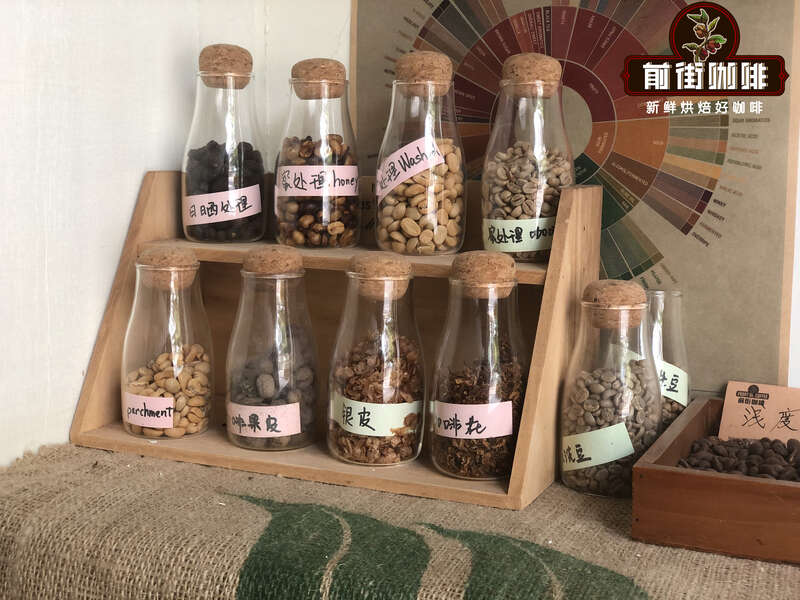
Before we talk about the treatment, let's take a look at the structure of coffee berries. From the outside to the inside, it can be divided into pericarp, pulp, pectin layer, hard shell (or sheep skin), silver skin, and innermost coffee bean seeds. The so-called treatment is to remove the peel, pulp and pectin of the coffee berries, remove two coffee beans wrapped with silver skins, and dry and stabilize the beans. It looks easy, but it is actually a time-consuming and labor-consuming technology, because if the pectin layer is not handled properly, the various sugars contained in the pectin will ferment and rot, releasing a pungent smell that affects the coffee beans. Qianjie believes that no matter what the treatment is, as long as it is properly handled, these pectin layers will bring endless changes to coffee beans, such as increasing the acidity, sweetness and fermentation of coffee beans.
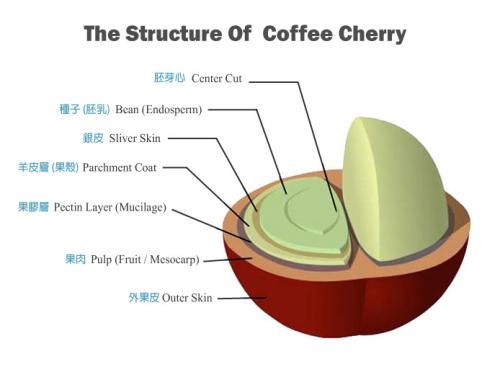
Before the treatment, the farmer has to pick out the ripe red coffee fruit. Why? In front of the street, for example: when the orange is still green, it will taste very sour, when the orange skin is cyan and orange, the orange tastes sour and sweet, and when the orange completely turns into an orange peel, the orange will taste very sweet. these examples show that the organic acid in the fruit has not yet been turned into sugar, and the ripe fruit will be sweet and delicious. The same is true of coffee berries. Coffee berries are picked and processed before they are ripe. Coffee beans made into coffee will taste sour and green. Ripe coffee berries have enough sugar in the pectin layer, so as long as they are treated effectively, coffee beans will have a sweet feeling.
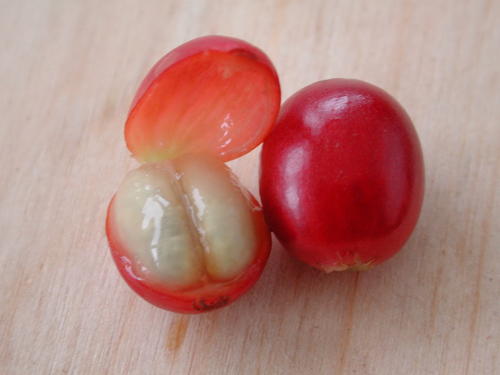
The second is to screen out the floating beans, the picked coffee berries will have more or less bad fruit, put into the pool to add water to see the ripe fruit and intact will sink to the bottom of the pool. Broken, underdeveloped and other bad berries will float on the surface, this step is also particularly important, as the saying goes, "one mouse shit spoils a pot of porridge." Qianjie believes that if no bad beans are selected, the next step in coffee berry processing will directly affect all coffee berries. As long as there is a rotten fruit, all the coffee beans will have a rotten taste.
All right, back to the point, what is the sun treatment, what is the honey treatment?
Sun treatment
Sun treatment is one of the oldest and most traditional treatments. Coffee fruits are dried in the sun immediately after picking, which is more common in areas where there is plenty of sunshine or lack of water resources. For example, nearly 70% of coffee fruits in Ethiopia are exposed to the sun.
1. Collect and filter
After picking the coffee fruit will be hand-selected first to select the defective coffee fruit, including overripe, immature, moth-eaten and, of course, foreign bodies in addition to the fruit.
2. Drying
After screening, the coffee fruit will be sent to a drying place for drying, and different regions may use different drying racks, some with tarpaulins, some with high beds, some with cement floors, etc., and the average drying time is 3 to 4 weeks. the drying process was not completed until the moisture content of the coffee was reduced to 11%.
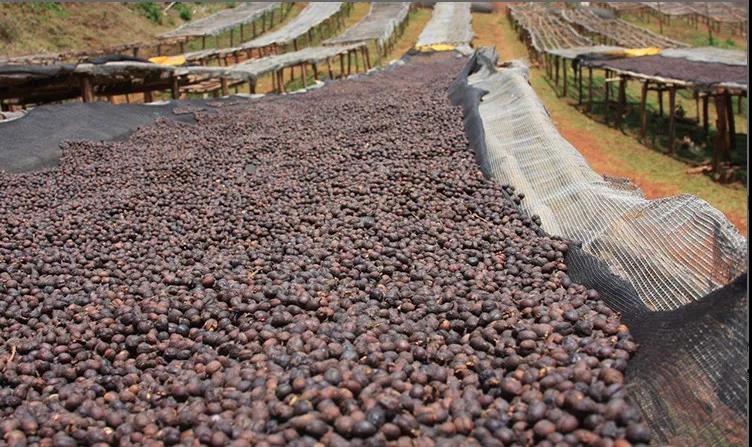
3. Peeling
After drying, the coffee fruit is sent to the processing plant for peeling and shelling, and even polished. Peel, pulp and other parts will be removed in this step.
4. Screening and sorting & warehousing
Peeled raw coffee beans will be screened again to remove coffee beans that do not look good. This reflects the quality of the coffee drying process, over-dried coffee beans will be more fragile, peeling process will be broken into debris; while under-dried coffee beans have too much water content, water is too active, easy to breed bacteria, mildew and so on.
In addition to the traditional sun treatment, the popular anaerobic fermentation technology is also used in sun treatment. before sun drying, coffee fruits are fermented in an airtight anaerobic environment, which is called "anaerobic solarization". Qianjie Coffee believes that compared with water-washed and honey-treated coffee, sun-cured coffee has the lowest acidity, the highest sweetness, the clearest touch, but slightly less cleanliness. Flavor will produce more berry tonality, but also more complex.
Honey treatment method
Honey treatment is between washing and tanning, and is common in Costa Rica in the Americas, where the retention of some pectin gives its coffee a taste different from that of washed and tanned coffee.
1. Collect
The picked coffee fruit will be collected and screened, and the qualified coffee fruit will be selected.
2. Peeling
The selected hungry coffee fruit is put into a coffee peeling machine for peeling, which removes the skin and pulp of the coffee fruit and retains the pectin layer. Pectin is the part with the highest sugar content in coffee, and it is also an important part of coffee fermentation. It can be said that 80% of this part determines the supply of nutrients in the process. Yellow honey retains 60% pectin, red honey retains 75% pectin, and black honey hardly removes pectin. The more pectin is retained, the more flavor and sweetness of the coffee will eventually be.
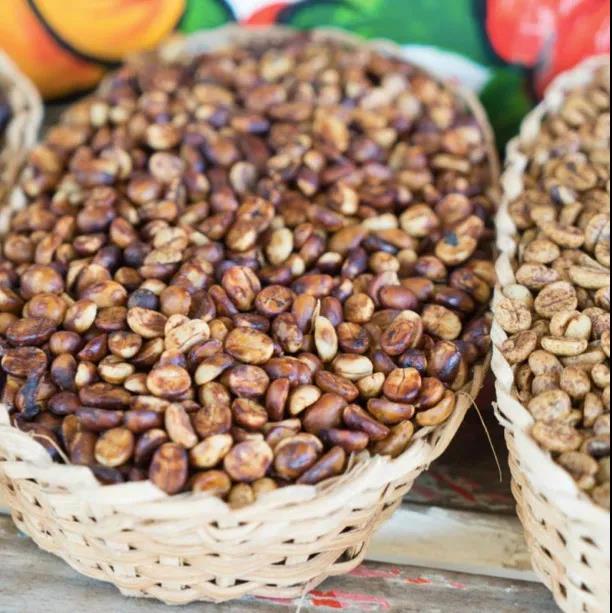
3. Drying
Unlike washing treatment, honey treatment retains part of the pectin for drying. Drying will reduce the moisture content of coffee beans to about 11%, and the time will be about 18 to 25 days, depending on the climate and the experience of the processor.
4. Warehousing
After drying, the coffee beans will be bagged and transported to the warehouse for storage, and the coffee sheep skin will not be removed until they are shelled before export transportation.
The grade of honey treatment
In places such as Costa Rica, Brazil or Colombia, local processing plants used to use high-pressure washing machines, so part of the mucous membrane was removed during the peeling process. According to the amount of mucosal residue (40% Mel 100%), honey treatment is divided into 4 grades: 40%, 60%, 80% and 100%. Of course, some growers deliberately remove part of the mucous membrane to ensure that the coffee does not become sour due to fermentation during the drying process.
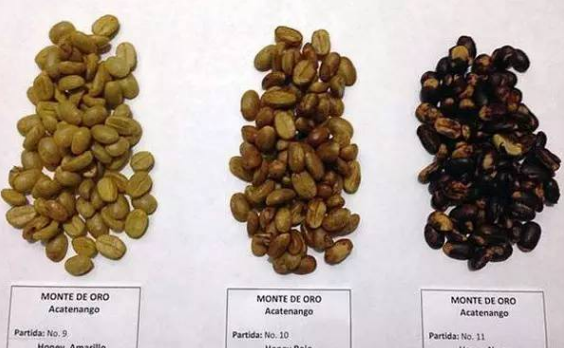
The light time of raw coffee beans treated with yellow honey was the longest. Longer light means higher heat, so the coffee can be dried within a week. In general, the drying time of coffee depends on the local climate, temperature and humidity.
The drying time of raw coffee beans treated with red honey is 2-3 weeks, usually due to weather or placed in a dark place. If the weather is clear, the grower should block part of the sun to reduce the sunshine time.
The coffee beans treated with black honey were left in the dark for the longest time and the shorter the light time. The drying time of this coffee is at least 2 weeks. The black honey treatment of raw coffee beans is the most complex and the labor cost is the highest, so the price is the most expensive.
Qianjie Coffee believes that the flavor of honey-treated coffee beans is better, sour taste and sweet taste are balanced, and because of the same sun exposure, the aroma of coffee beans themselves will be magnified and mellow. At the same time, honey treatment consumes less water resources in the process of treatment, and the drying time is shorter than that of sun treatment, which greatly speeds up the processing time of raw beans.
Raisin honey treatment
Raisin honey treatment is to retain 100% pectin and zero water treatment. It increases the difficulty of the honey processing method, which requires strict control of time. On the day of harvesting coffee cherries, pour the harvested coffee fruit into a big trough, and the ripe and full fruit will sink to the bottom of the water; the underdeveloped or overripe fruit will surface, and these floating beans need to be removed. Dry the screened coffee fruits on an elevated bed for at least three days, then peel the cherries and retain the pectin before drying. At this stage, climate factors are the key to the success of honey treatment.
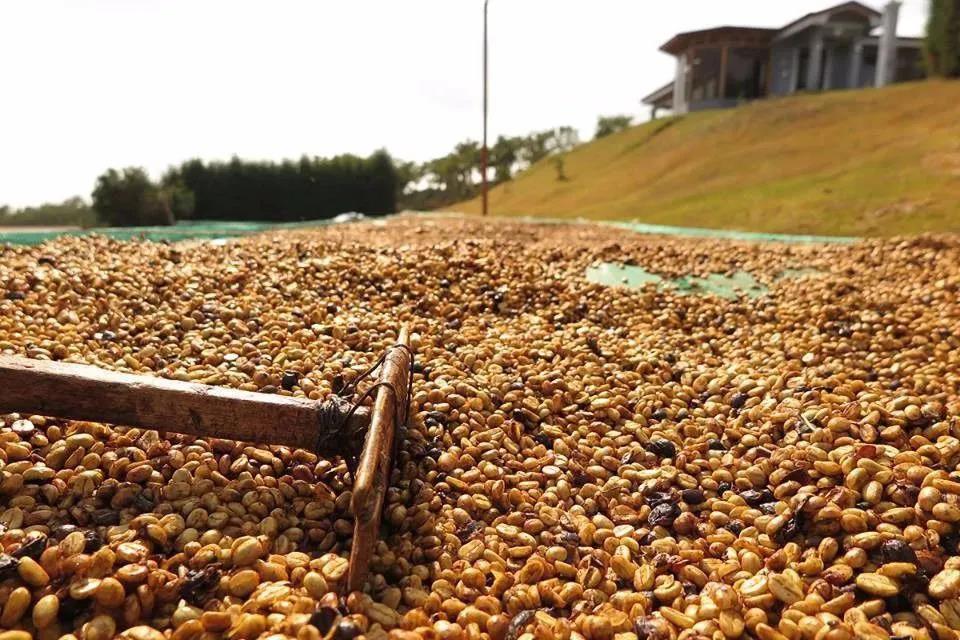
In the drying process to constantly flip these coffee cherries to make the drying uniform, but to grasp the frequency of flipping, to dry slowly to ensure that the coffee has fermentation treatment, but not too slow to appear excessive fermentation; this sweet raisin honey treatment, so that the coffee flavor has the taste of white wine and balanced acidity, fermented aroma is also relatively rich. Qianjie believes that coffee beans treated with raisin honey have a strong sense of fermentation and the sweetness of dried fruit.
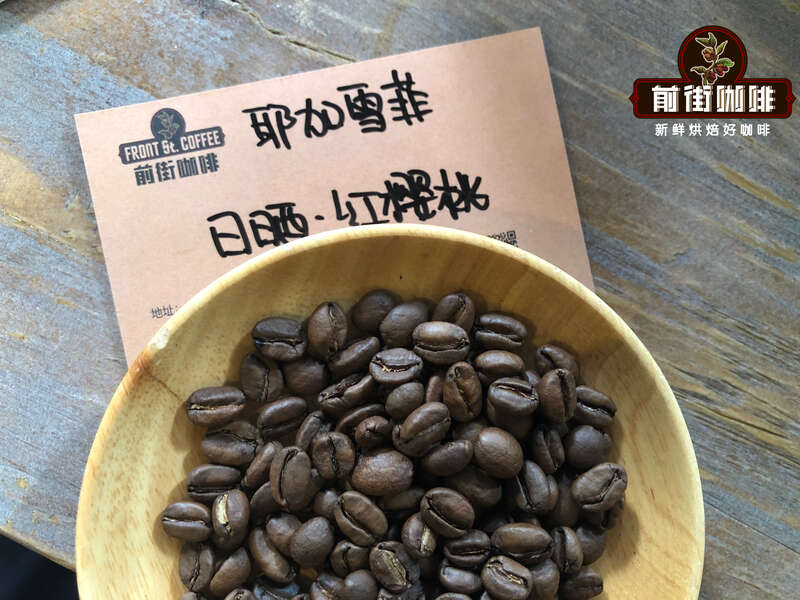
Qianjie Coffee Solar treatment represents Coffee beans-- Ethiopia Yega Snow Sun Red Cherry Coffee beans
Country: Ethiopia
Region: Yega Xuefei
Altitude: 2300m
Variety: native species
Treatment: sun treatment
Qianjie baking suggestion
Yejia Xuefei body variety is a local native species, small grain species, the appearance is more round, the bean body is very small, mostly between 14-15 orders. Yega Chuefei sun red cherries have a uniform maturity and clean flavor, so Qianjie bakers adopt medium-to-shallow baking to retain more floral acidity and fermented aromas of ripe fruit.
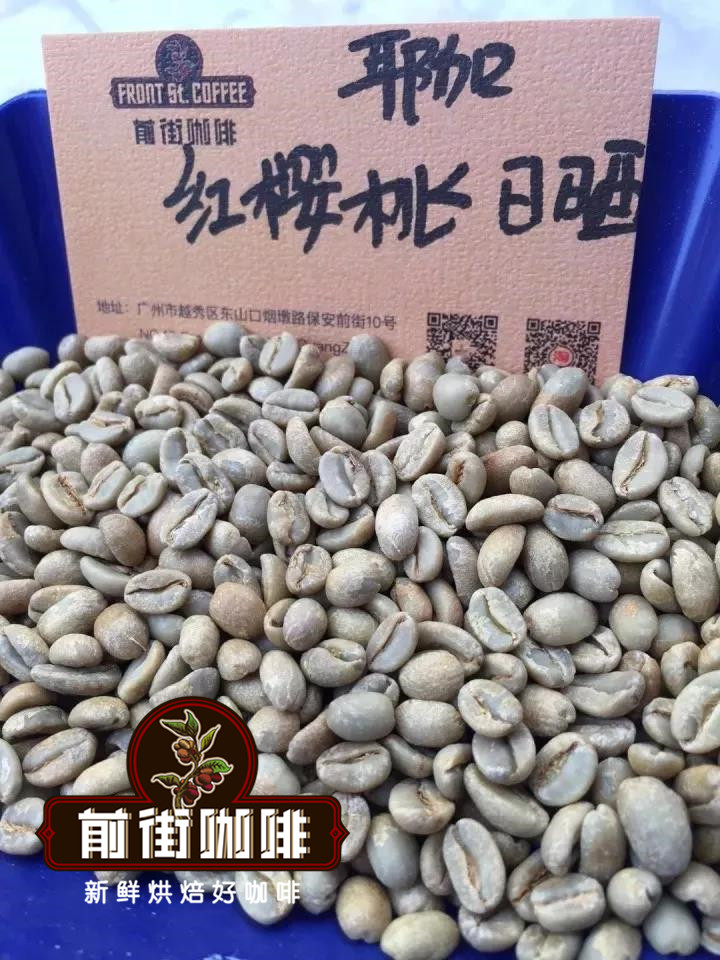
The front street uses the Yang family 800N, the bean 550g: uses the quick stir-fry mode, the furnace temperature is 200 degrees Celsius into the pot, the throttle opens 3.5 degrees and then adjusts the firepower 160 degrees, the throttle remains the same, the firepower is adjusted once to 130 degrees, baking to 5: 03 ", the temperature is 151 degrees, the bean table turns yellow, the grass smell disappears completely, the dehydration is completed, the firepower is adjusted to 105 degrees, and the throttle is opened to 4 degrees. In the 8th minute, ugly wrinkles and black markings appear on the bean table, and the smell of toast obviously changes to the smell of coffee, which can be defined as a prelude to an explosion. At this time, listen clearly to the sound of the explosion point, start to explode at 9: 07 ", adjust the firepower to 70 degrees, and the throttle is fully open (the firepower should not be so small as to be free of bursting sound). Put the pot at 194 degrees.
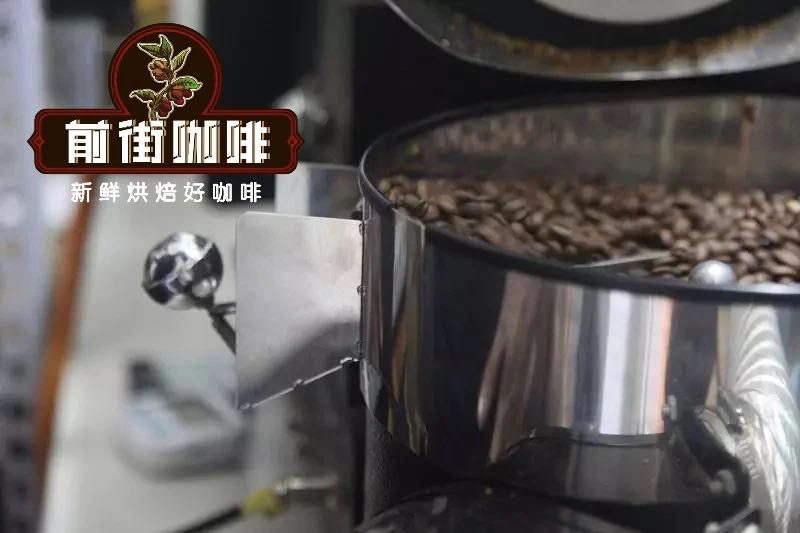
Qianjie Cup test report
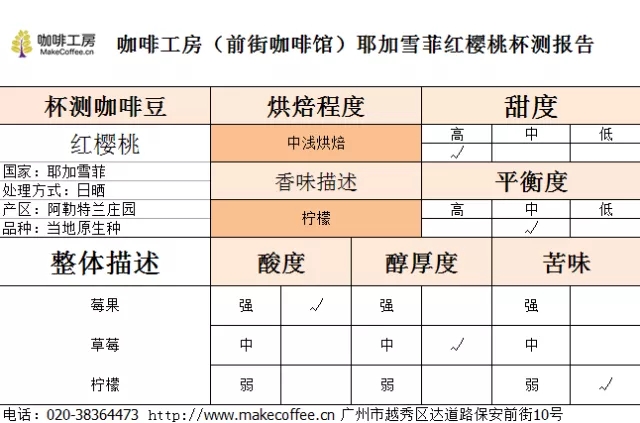
Qianjie Coffee raisin Honey treatment represents Coffee beans-Costa Rican musicians Series Bach Coffee beans
Country: Costa Rica
Producing area: Tarazhu
Altitude: 1950m
Treatment: raisin honey treatment
Grade: SHB
Variety: Kaddura
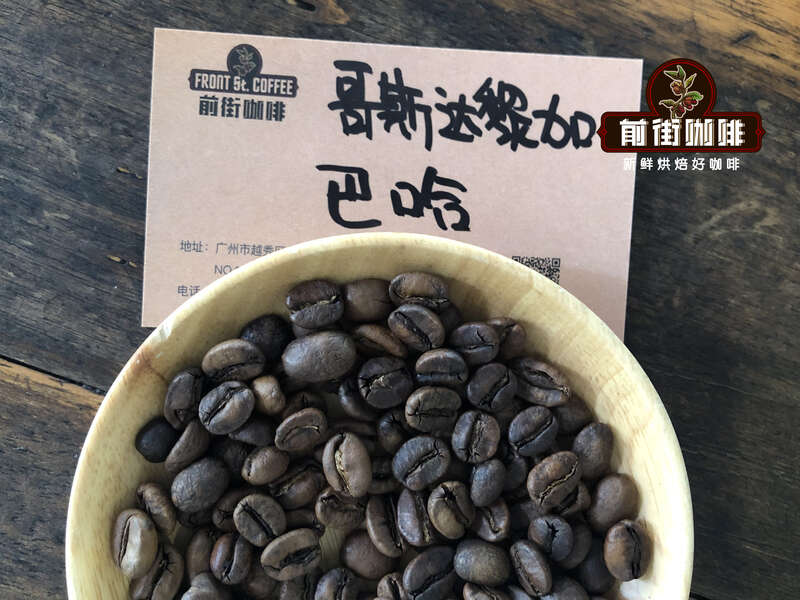
Qianjie baking suggestion
Raw beans look yellowish green, typical of honey-treated coffee beans, with fresh aromas of ripe fruit and a hint of fermented fruit. The baking trend of this bean, Qianjie baker's goal is medium and shallow baking, on the one hand, to retain the bright acidity, to show flower and fruit aromas, on the other hand, to improve richness and balance.
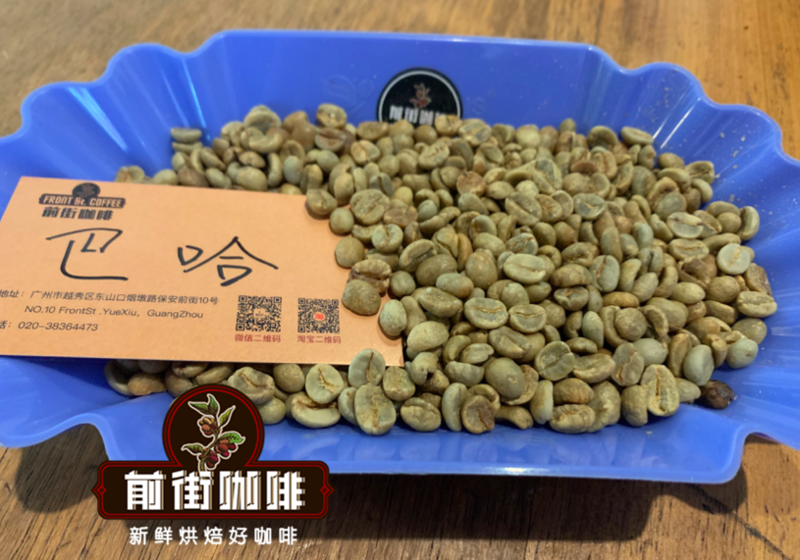
Yangjia 800N, 300g beans: the furnace temperature is preheated to 180 ℃, the firepower is adjusted to 130, the throttle is opened to 3, and the temperature recovery point is 1: 39. Keep the firepower; at 140℃, the firepower remains the same, the throttle is open to 4. 6, the smell of grass turns yellow, the smell of grass disappears, entering the dehydration stage, the firepower is reduced to 100 at 151℃, and the throttle remains 4. Adjust the firepower to 70 at 176℃, the throttle will not change. After dehydration, the bean surface appears wrinkles and black markings, and the smell of toast changes to coffee, which is a prelude to an explosion. Listen to the sound of an explosion. When the sound of the explosion begins, the throttle is fully open for 5, and the firepower remains the same. After an explosion, the development time is 1mm, 39th, 45th, to 196℃, put into the pot.
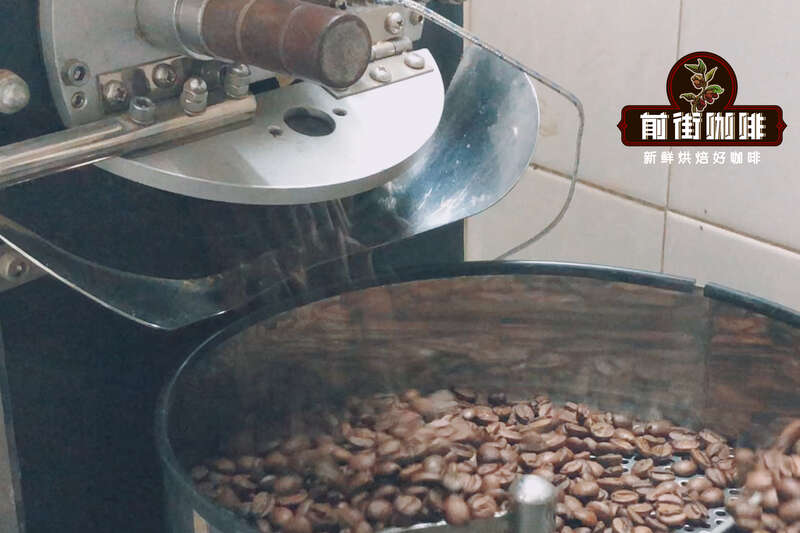
Qianjie Cup test report
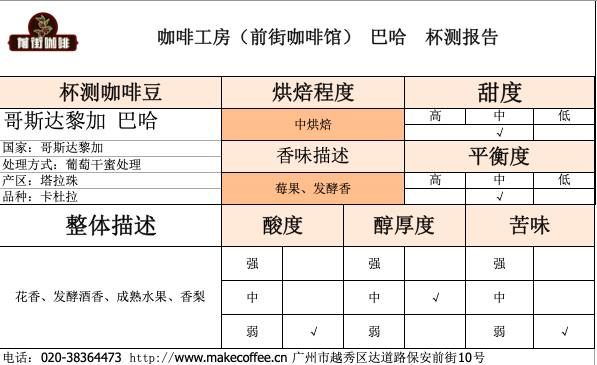
Suggestion on brewing coffee in Qianjie
Filter cup V60
Water temperature 90 ℃
15 grams of powder
Powder to water ratio at 1:15
Grindability BG#6m (pass rate of Chinese standard No. 20 screen is 80%)
* the grinding gear of the BG grinder is adjusted very carefully, which does not mean that all BG grinders can be the same. The gears used for coffee beans vary in different elevations and roasting levels, so Qianjie Coffee suggests that the grinding machine should be recalibrated every once in a while. To correct the grinding degree of coffee powder, you can use the coffee standard test No. 20 sieve. If you don't have a sieve at home, Qianjie Coffee suggests observing the speed of the water flow. If the water flow is too fast, it is coarse, and if the water flow is too slow, it is fine.
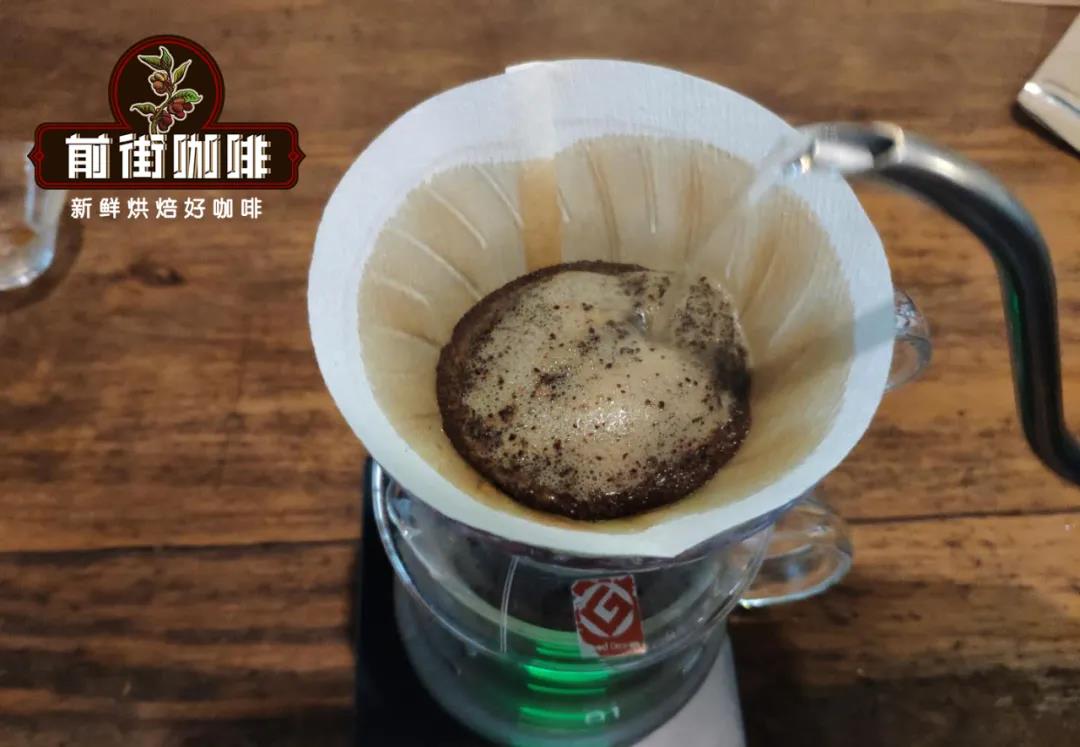
Qianjie coffee uses staged extraction, also known as three-stage brewing, steaming with 30 grams of water for 30 seconds, small water injection around the circle to 125 grams for stages, water level drop to 225 grams when the powder bed is about to be exposed, remove the filter cup when the water level drop is about to expose the powder bed, (steaming starts timing) the extraction time is 2 grams 3900 "- 2" 10 ".
Sun red cherry cooking flavor: the taste of sweet and sour is obvious, with the aromas of lemon, berries and fermented wine, and the aftertaste of citric acid is persistent and sweet.
Costa immediately cooks the flavor: it smells like the fermented aroma of rice wine, with sweet and sour flavors of ripe tropical fruits and berries, nutty and creamy flavors, caramel and a hint of flowers in the finish.
For more boutique coffee beans, please add private Qianjie coffee on Wechat. WeChat account: kaixinguoguo0925
Important Notice :
前街咖啡 FrontStreet Coffee has moved to new addredd:
FrontStreet Coffee Address: 315,Donghua East Road,GuangZhou
Tel:020 38364473
- Prev
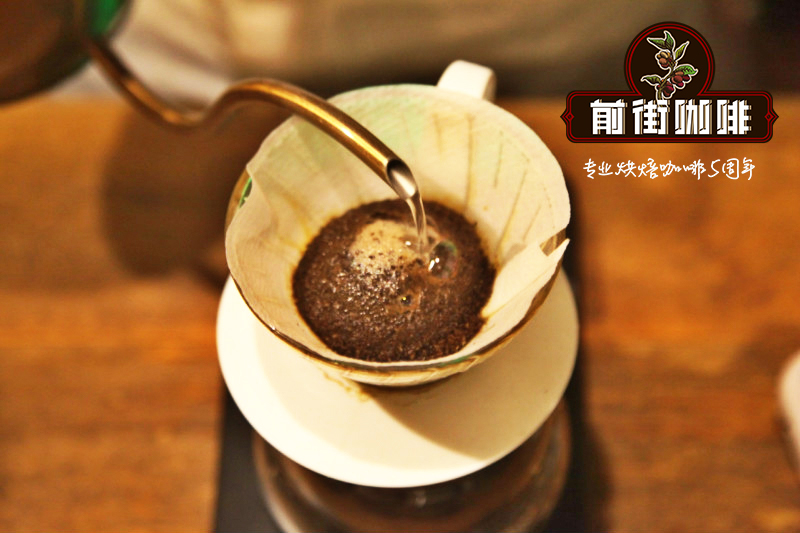
[Polsa Manor, Guatemala, washed Pacamara] Special report on Cheetah Project Micro-batch shooting
Professional coffee knowledge exchange more coffee bean information please follow Coffee Workshop (Wechat cafe_style) Huehuetenan go Guatemala Finca La Bolsa Polsa Manor in Guatemala: Vivette Nango Manor: Polsa Manor elevation: 1500 meters above sea level: Pacamara treatment: washing 01 | production area profile Guatemala faces Mexico in the north and Mexico in the south.
- Next
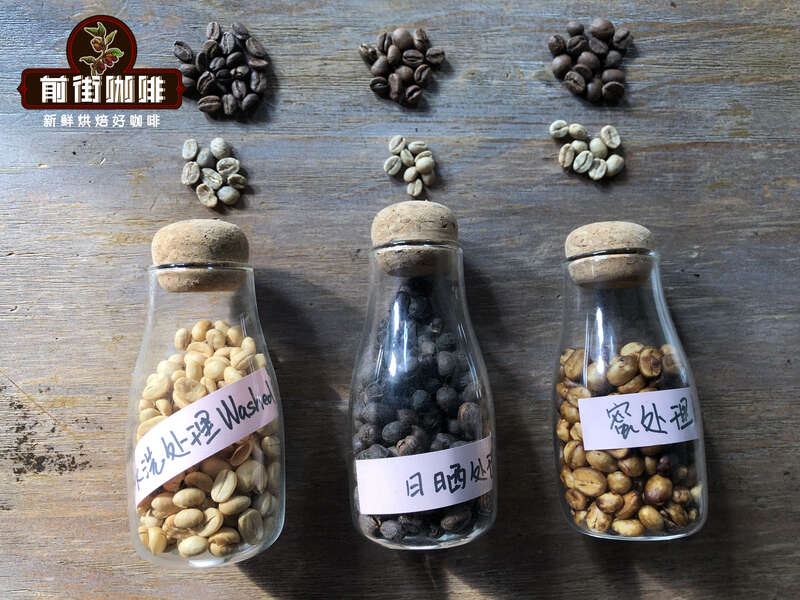
What is the method of coffee bean enzyme treatment? What difference does coffee bean sunbathing water wash honey treatment have?
Professional coffee knowledge exchange more coffee bean information please follow the coffee workshop (Wechat official account cafe_style) individual coffee (more coffee activities) has become increasingly popular in recent years, while selecting coffee beans from manors around the world, we often see water washing, sun treatment, honey treatment and so on.
Related
- Detailed explanation of Jadeite planting Land in Panamanian Jadeite Manor introduction to the grading system of Jadeite competitive bidding, Red bid, Green bid and Rose Summer
- Story of Coffee planting in Brenka region of Costa Rica Stonehenge Manor anaerobic heavy honey treatment of flavor mouth
- What's on the barrel of Blue Mountain Coffee beans?
- Can American coffee also pull flowers? How to use hot American style to pull out a good-looking pattern?
- Can you make a cold extract with coffee beans? What is the right proportion for cold-extracted coffee formula?
- Indonesian PWN Gold Mandrine Coffee Origin Features Flavor How to Chong? Mandolin coffee is American.
- A brief introduction to the flavor characteristics of Brazilian yellow bourbon coffee beans
- What is the effect of different water quality on the flavor of cold-extracted coffee? What kind of water is best for brewing coffee?
- Why do you think of Rose Summer whenever you mention Panamanian coffee?
- Introduction to the characteristics of authentic blue mountain coffee bean producing areas? What is the CIB Coffee Authority in Jamaica?

